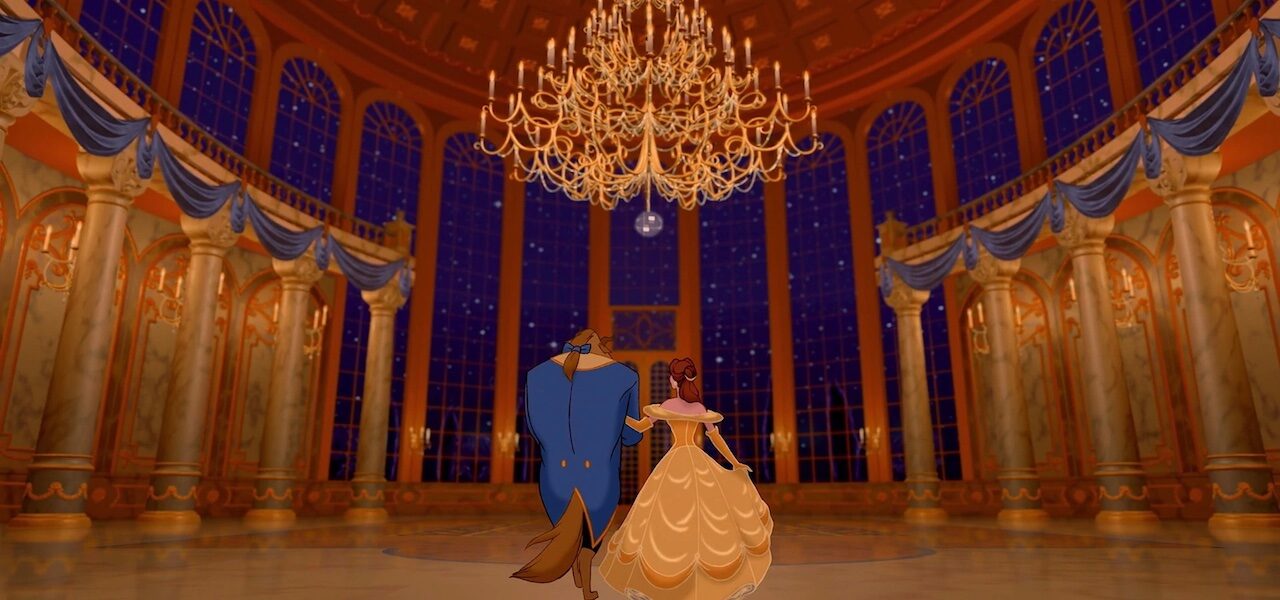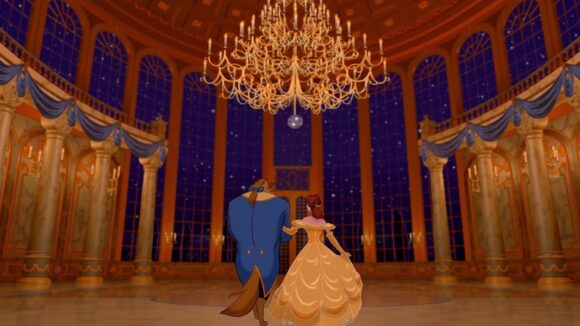

First-Ever Disney Show At Met Will Look At How European Art Influenced The Studio
The mouse is heading to the Met. The New York museum is preparing to host its first-ever exhibition about Disney hand-drawn animation. The show which will trace the influence of European art on the man and his studio.
Inspiring Walt Disney: The Animation of French Decorative Arts, which runs at the Metropolitan Museum of Art from December 10, 2021 to March 6, 2022, will reveal how Disney artists drew on Gothic Revival architecture and Rococo motifs when creating movies like Cinderella, Sleeping Beauty, and Beauty and the Beast, which — like so many Disney films — are based on folk tales widespread in Europe.
The focus will be on France, a country to which Walt Disney had a personal connection (his ancestors came from the town of Isigny-sur-Mer, hence the original form of their name, d’Isigny). Footage of Walt and his family in France will be shown alongside miniature artistic objects he bought while traveling around the country.
In all, Inspiring Walt Disney will feature 40 works of 18th-century European decorative arts and design. Exhibits will include porcelain figures, tapestries, portraits, and (for Beauty and the Beast fans) clocks, candlesticks, and teapots.
The exhibition will also contains 150 production artworks and works on paper from the Disney archives. The contributions of studio artists Bianca Majolie and Mary Blair, especially to Cinderella, will be highlighted, as will the medieval sources that Eyvind Earle consulted for the style of Sleeping Beauty. Another extensive section will focus on Beauty and the Beast, including the inspiration that Glen Keane took from Auguste Rodin’s “The Burghers of Calais” for the Beast’s transformation scene. Another part of the exhibit will outline the influence of French and German architecture on Disney’s castles, in both its movies and its parks.
Inspiring Walt Disney is organized by Wolf Burchard, associate curator in The Met’s department of European sculpture and decorative arts. We previously wrote about Burchard’s accompanying book, which will be published by Yale University Press. The exhibition is co-organized by The Wallace Collection in London, to which it will move next spring.
